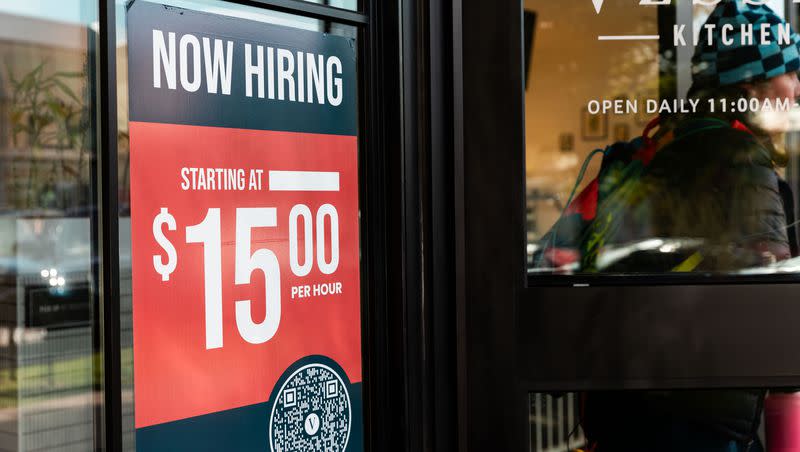New report shows the effect of job market and workforce shortages by state. Where is Utah ranked?

The job market has gradually recovered since the pandemic. However, 2.1 million workers are still missing from the workforce compared to February 2020, according to data by the U.S. Chamber of Commerce.
Without enough employees to fill the number of jobs on the market, companies are struggling to stay open. “The national labor force participation rate is nearing pre-pandemic levels, at 62.5% as of January 2024, and the unemployment rate is just 3.7%,” WalletHub reported. The report emphasizes that although the hiring pool may seem small, employees are less inclined to leave their jobs than in previous years.
“The Federal Reserve projects that the unemployment rate will increase from its current level of 3.7% to 4.1% throughout 2024. This implies that hiring will get easier than it is now but remain more difficult than it has been in most of the past 20 years,” James Bailey, an associate professor at Providence College, said, per WalletHub.
According to a WalletHub survey, it is easier for companies to fill positions based on their state of residence.
States that struggle with hiring most:
West Virginia.
South Carolina.
Alaska.
Colorado.
Minnesota.
States with the best hiring opportunities:
Washington.
Hawaii.
Indiana.
California.
New York.
Utah was ranked 44th with a job opening rate of 4.7% last month and a rate of 5.6% in the last year.
Related
Why are employers struggling to find workers?
There are approximately 6.1 million unemployed people in the U.S., with a wide range of experience and qualifications.
Employers across various sectors who are struggling to find workers could be struggling for a number of reasons, Patricia Kelly, senior instructor of management at Quinnipiac University School of Business, told WalletHub:
“It could be a high demand for a specific skill, there could be a shortage of qualified applicants, the compensation could be inadequate or not posted, the applicant tracking software may remove qualified candidates, or the company may have a less-than-desirable reputation.”
The pandemic also changed workers' expectations of their employers regarding work culture. The range of requirements included desires for more flexibility, remote work options, better work-life balance and a focus on mental health. Employers not offering these benefits may struggle to attract prospective employees.
How can companies attract and keep their workforce?
The fight for getting the most qualified and talented candidates in the hiring pool is perhaps the most competitive it has ever been, according to a news release by the Bureau of Labor Statistics.
“This is an excellent time for employers to build or revise their employee value proposition (EVP). Employers can begin this process by speaking to current and recent employees about their experiences at work and what is important to them,” said Abbie Lambert, an assistant professor at the University of Oklahoma, per WalletHub.
“They can also benchmark their offerings compared to their competitors in their labor market. Once current strengths and opportunity gaps are discovered and evaluated through the lens of the organization’s strategy, detailed plans can be built that focus on elevating and communicating the EVP,” she added.
Companies need to create a supportive, engaging and rewarding work environment to attract top talent and reduce turnover. By doing this, employers can establish a more stable, productive — and happy — workforce.

